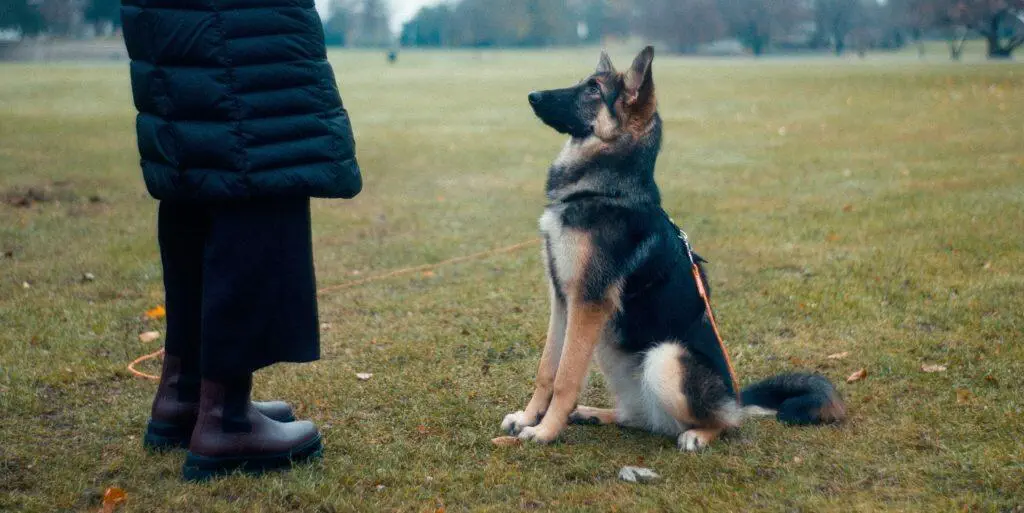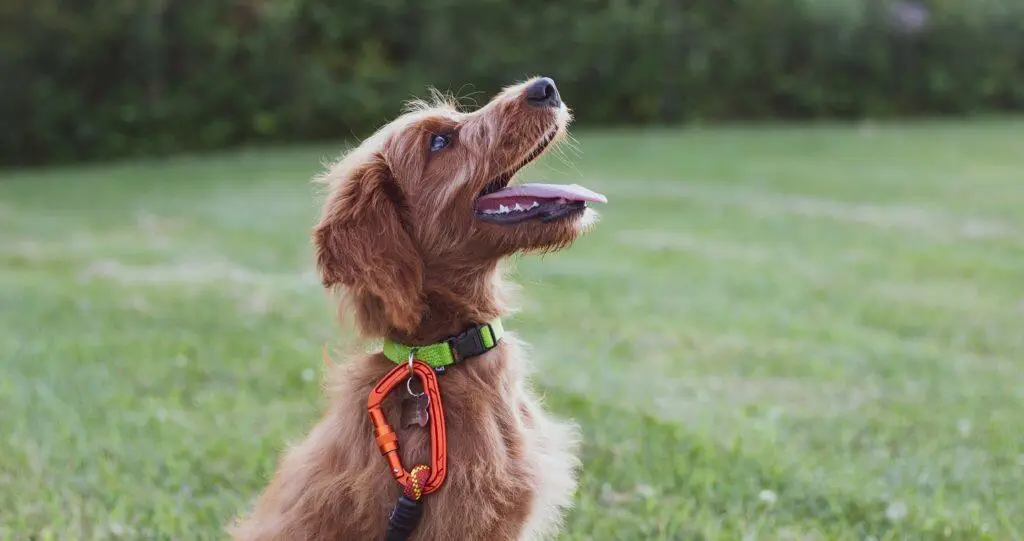Whether you’ve recently adopted a dog, or you can no longer put up with a year of Fido pulling on walks, a dog trainer can work wonders.
Training is all part of the lifespan of a dog. It provides mental stimulation and can limit any unwanted behaviour such as reacting to other dogs or barking when they see a stranger. It could seem like it is cruel and unnecessary in some aspects, especially if you think your dog is just excited to go on walks. But it is part of being a responsible owner and is a great way to help you both bond.
Some training can be done by yourself. If you’re adopting a puppy, things like toilet training and walking well on the lead are all part and parcel of a dog’s first year. But dogs usually pick up things best in the first year, so if you’re adopting a rescue, you may find it a little harder to get through to your dog.
Some dogs can also be harder to train than others. Maybe it is their breed or the fact that they aren’t very food orientated. We hate to say it, but your technique may also not be quite up to scratch…
So if you’ve decided you need to get professional help (or maybe have just decided that professionals will be better than you from the off), you’ll need to search for a dog trainer.
How to find a dog trainer
When searching for a dog trainer, you may see that there are quite a few around.
It is vital to find a good trainer, however. Just because somebody has qualifications doesn’t always mean that they are professionals in all areas of training. One may be great at getting a dog to walk well on a lead outdoors, but not as great in a home environment when trying to get a dog to stop reacting to the television.
Find the wrong person, and it could spell disaster. Some training methods could lead to other behaviour issues, or be harmful to your dog.
The Animal Behaviour and Training Council
This is why the Animal Behaviour and Training Council should be the first place you look.
The ABTC is the regulatory body representing animal trainers, training instructors and animal behaviour therapists to both the public and legislative bodies.
It maintains the standards and practices required across the board, ensuring the industry is regulated and standard across the country. Using science-led, compassionate and non-punitive methods, they ensure all the training programmes used are not going to cause fear, anxiety and aggression in animals.
By all means, ask groups on Facebook or similar platforms for local recommendations. But do be aware that not all people calling themselves a “Dog Trainer” will be qualified, vetted and trustworthy.
You may also want to ask your vet if they have any recommendations.

What to look for in a good dog trainer
When choosing a dog trainer or dog behaviourist, you can either find somebody who will take your dog on a one-to-one basis in order to tackle particular problem behaviour or someone who runs classes for more generalised training.
With an individual, look for:
- Somebody who is an expert in the area which needs work (such as barking or walking)
- Other reviews of people who have used their service
- Accreditations
- Up to date training in line with the latest knowledge
- Humane training methods – ask them what they use
- Appropriate insurance cover (including third party insurance)
Ask if you can attend one of their private sessions from afar. Most will allow you to observe from a distance, so as not to disturb the dog and training but so you can get a good grasp of their methods and personality. You need to ensure they will be a good match for your dog.
The Kennel Club has a list of accredited instructors across the UK. They have undergone assessments in specialised areas, such as Companion Dog Training (CD), the Good Citizen Dog Scheme (GCDS) and Behavioural Training (Beh), as well as extras such as agility training.
They also recommend specific rescue and rehoming trainers, who may be better qualified to work with particularly nervous rescue dogs.
If you’ll be attending classes:
- Ask if you can attend a class without your dog
- Observe the behaviour of both the dogs and the trainer. Ensure shouting and barking is at a minimum
- Look for humane training methods
- Look at class sizes. The APDT (UK) recommends no more than 8 puppies in a class with an instructor and 1 assistant
- Check training is still tailored to individuals
- Ensure all training and advice is on-topic – no advice must be given about subjects which are not being focussed on in the training session
What qualifications do you need to become a dog trainer?
Some people can call themselves dog trainers because they find they are good with dogs.
It is a skill that can be learnt, but if you want to ensure they will be held accountable if something goes wrong, you need to ensure they are qualified.
The Institute of Modern Dog Trainers (IMDT) is the leading training and education provider, and courses are externally verified. The IMDT courses go way beyond training someone to be a trainer, as they will also learn about behaviour, observational skills and even how to communicate with owners.
So, as well as looking through the Kennel Club and Animal Behavioural and Training Council, anybody who is serious about this being their career path should have qualifications from the IMDT.

Reasons you may need a dog trainer
Unsure whether or not you really need to reach out to a dog trainer? After all, you could wonder if somebody training your dog to walk without pulling or to leave something alone is a waste of money and time.
It can also be frustrating if you want to do the training yourself, and can’t understand why it isn’t working.
But the truth is, dog behaviour training is a profession for a reason. All dogs are different, too. So, you may have trained your old Labrador no issue, but are having trouble with a young energetic Spaniel.
Some problem behaviours which the correct trainer could help with include:
- Toilet training
- Anxiousness with strangers
- Reacting to things in the home (vacuuming, the television)
- Learning to be left alone (separation anxiety)
- Reacting to other dogs (in both overfriendly or unfriendly manners)
- Basic commands (sit, stay, lie down, drop etc)
- Recall when off lead
- Walking well on the lead (stopping pulling or walking to one side)
- Leaving items alone (in the home or on walks)
It is never too late to ask a trainer for help. You may have decided that after one year, you can no longer put up with your dog pulling when on walks. Or, the neighbours may have finally cracked and asked you to sort out your dog’s barking after holding their tongue for months.
Some dogs can suddenly also pick up bad behaviour from nowhere, or after an incident such as bad socialisation with another dog.
A good trainer should never judge you for ‘leaving it too long’ or for asking for help if the issue sounds like it is minimal.
A trainer should also leave you with some advice about how to carry on their training or ensure they don’t revert back to their old ways again. For instance, if they use treat training, you will have to continue this.
They may also recommend that you purchase additional items, such as clickers, training leads or muzzles in the long-term.

